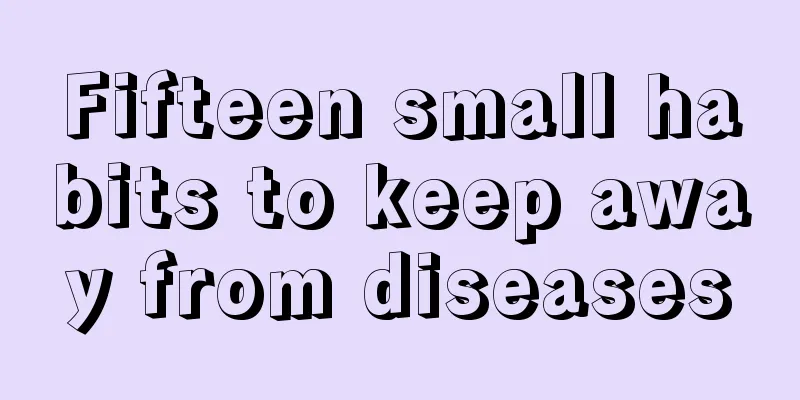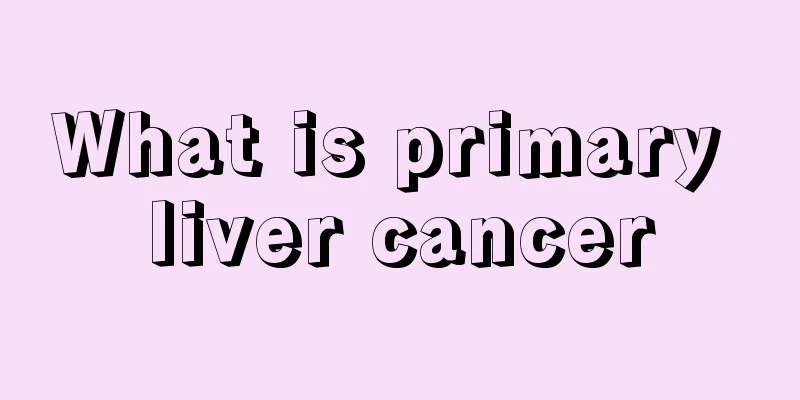Fructose diphosphate sodium

|
Sodium fructose diphosphate is a commonly used drug for the adjuvant treatment of myocardial ischemia, angina pectoris and cerebral infarction. It is available in two specifications: oral and intravenous. As the name suggests, sodium fructose diphosphate contains fructose, which can replenish people's calories and provide nutrition to the whole body. Fructose is the only sugar that diabetics can come into contact with, so sodium fructose diphosphate is called a commonly used drug for energy replenishment for diabetics. During use, sodium fructose diphosphate may cause adverse reactions such as nausea, loose stools, upper abdominal burning sensation, and abdominal bloating. Family members or medical workers can report the above conditions to the doctor in a timely manner when the patient encounters the above conditions. Usually, patients can tolerate such adverse reactions and there is no need to stop taking the medicine. Sodium fructose diphosphate is contraindicated in patients with renal failure. Sodium fructose diphosphate, also known as 1,6-diphosphate fructose, is a cellular metabolite present in the human body. It can regulate the activity of multiple enzyme systems in glucose metabolism, improve the state of cellular hypoxia and ischemia, and is beneficial to the recovery of damaged liver cells. This product is a cellular metabolite existing in the human body and can regulate the activity of multiple enzyme systems in glucose metabolism. It is reported that exogenous sodium fructose diphosphate can increase the concentration of intracellular adenosine triphosphate and creatine phosphate by activating the activity of phosphofructokinase and pyruvate kinase, promote the influx of potassium ions, and benefit the energy metabolism and glucose utilization of cells under ischemic and hypoxic conditions, thereby reducing damage to ischemic myocardium. The required dosage is 50-100 ml (5-10 g), 1-2 times a day. Generally, 5 g of fructose diphosphate sodium requires 10 minutes to complete the infusion. Note: There may be numbness of lips and local pain during injection which is related to the drip rate. Occasionally, dizziness, chest tightness and allergic reactions such as rash may occur, but generally do not affect treatment. This product should not be dissolved in other drugs, especially not mixed with alkaline solutions or calcium salts. It is contraindicated for patients who are allergic to this product, have hyperphosphatemia or severe renal insufficiency. For patients with heart failure, the dosage should be halved. In recent years, sodium fructose diphosphate has been widely used in the treatment of diabetic patients. Although sodium fructose diphosphate contains sugar and can be converted into glucose, it is ineffective for hypoglycemia symptoms. Therefore, everyone should recognize sodium fructose diphosphate, understand its characteristics and adverse reactions, and popularize common knowledge about disease treatment. |
Recommend
Introduction to the treatment of molluscum contagiosum
Molluscum contagiosum is actually a sexually tran...
Where is the best place to see ovarian tumors
As a patient, the level of hospital experts is on...
What fruits are good for high cholesterol? Which fruits can lower cholesterol?
Patients with high cholesterol can eat more fruit...
Does acne on the forehead affect fortune?
There is a theory in China about face reading, wh...
What are the symptoms of rectal mucosal prolapse
Many people do not understand the symptoms of rec...
Will the pain still persist after the tooth is pulled out?
Tooth extraction is a common method used to treat...
White vinegar treats athlete's foot
Athlete's foot is not unfamiliar to most peop...
Why does the silver bracelet turn red copper?
Silver bracelets are a kind of jewelry that peopl...
Self-treatment of knee pain
Many people suffer from knee pain, not just the e...
How to wear myopia glasses correctly
There are more and more people with myopia, and m...
Will breast cancer make the breasts bigger?
Do breast cancer make the breasts bigger? 1. Brea...
What to do with dry and frizzy hair? First aid tips
Every girl wants to have long, shiny, black hair ...
Can people with stomach problems eat kelp?
The human body is often prone to disease problems...
My left leg is sore and swollen, what's going on?
For people, lactic acid is a fatigue-inducing sub...
What is the reason for high creatinine? Common factors include the following
High creatinine is also a relatively common disea...









